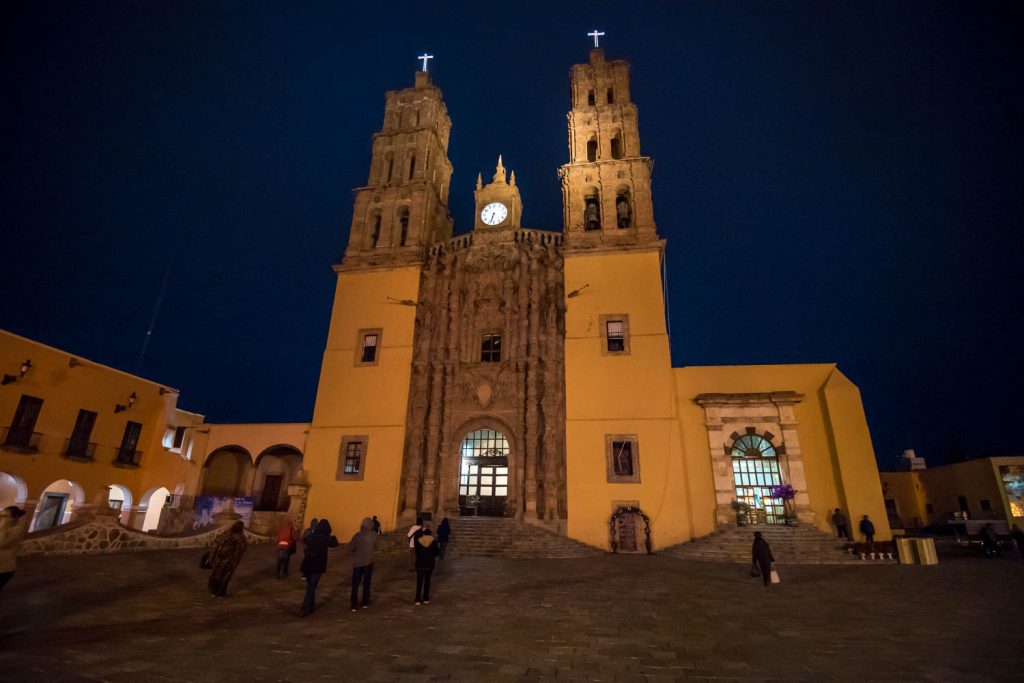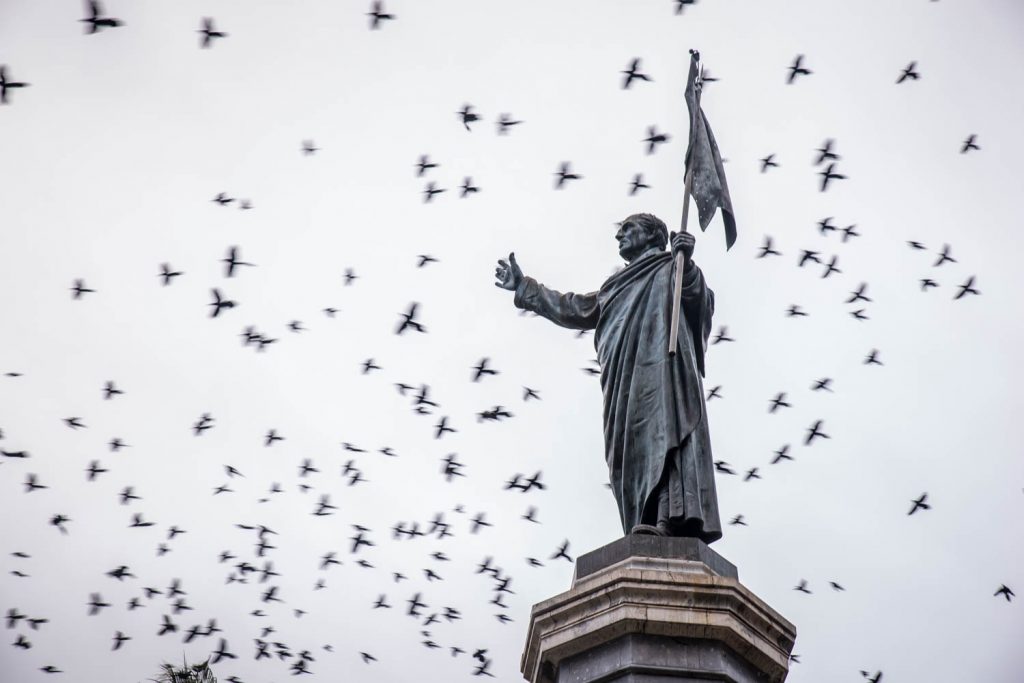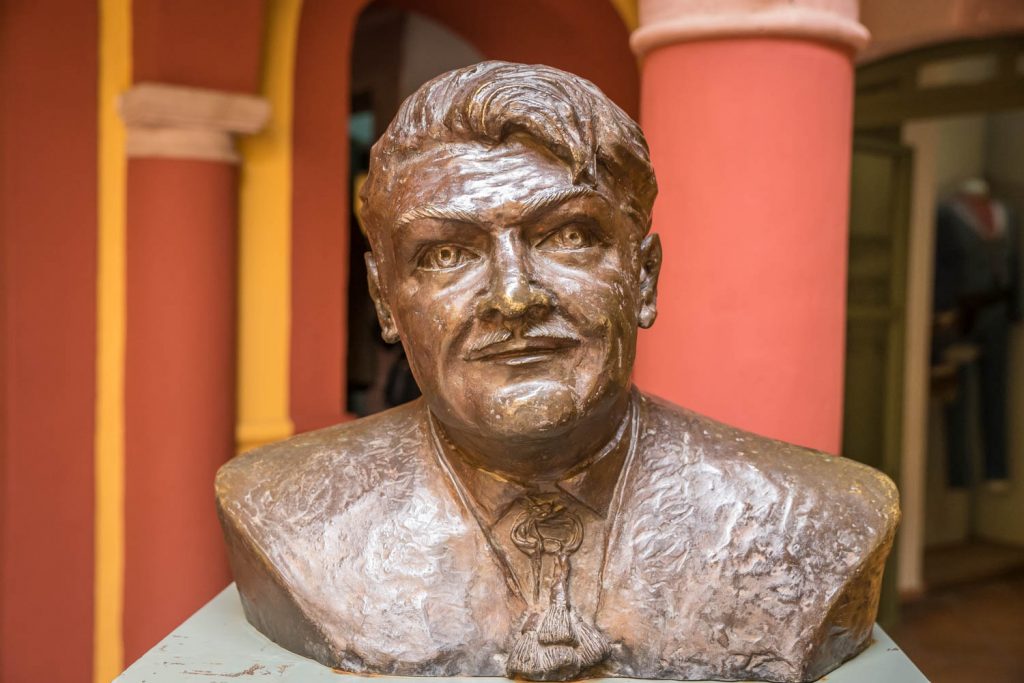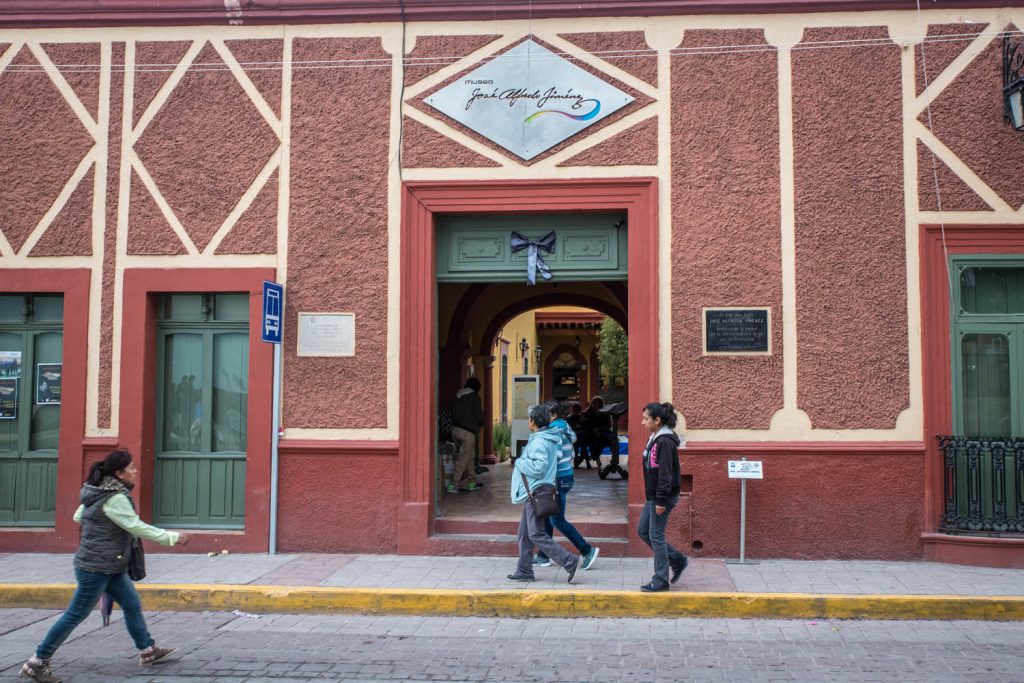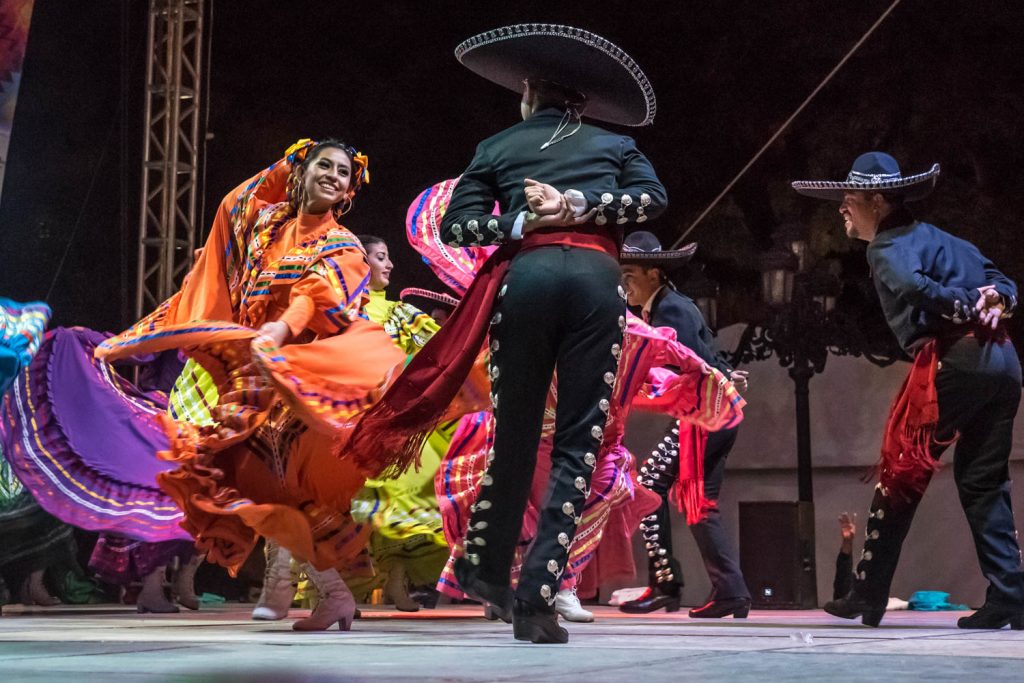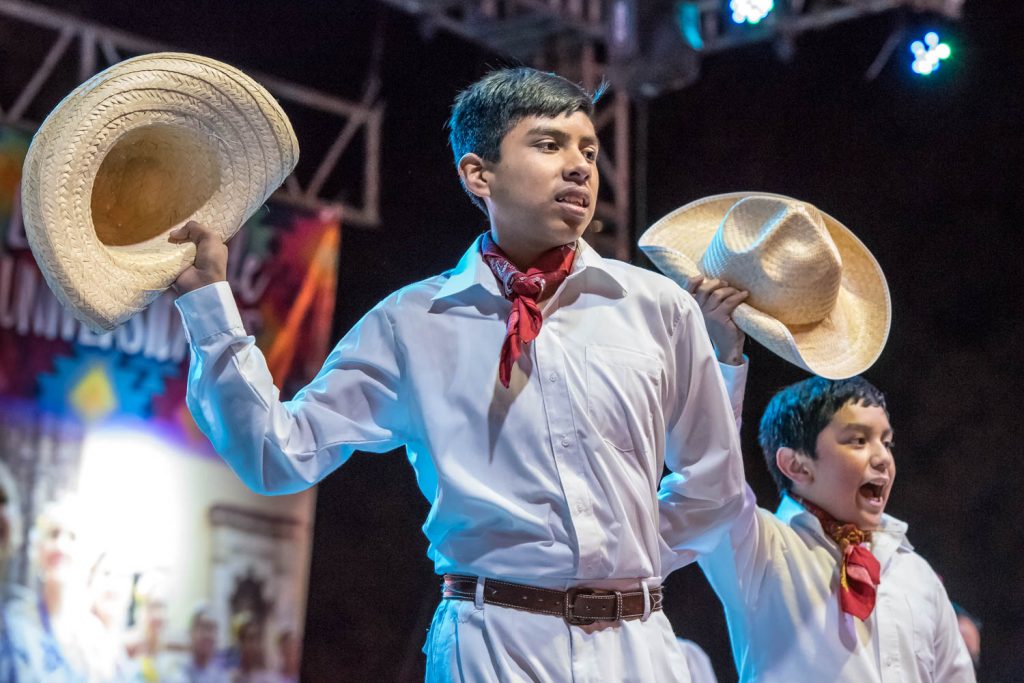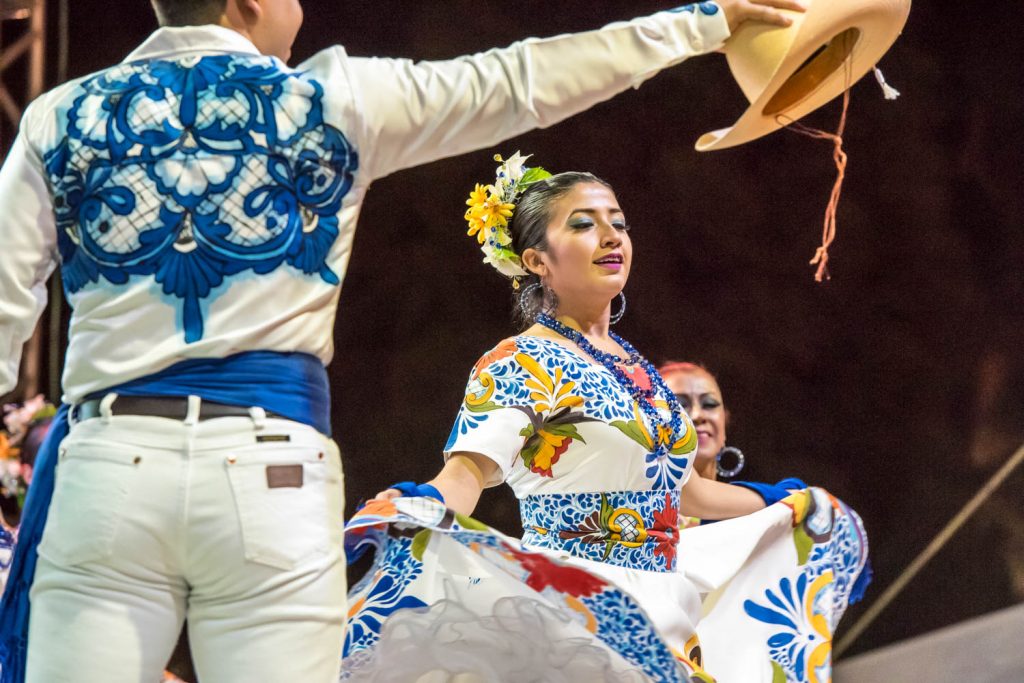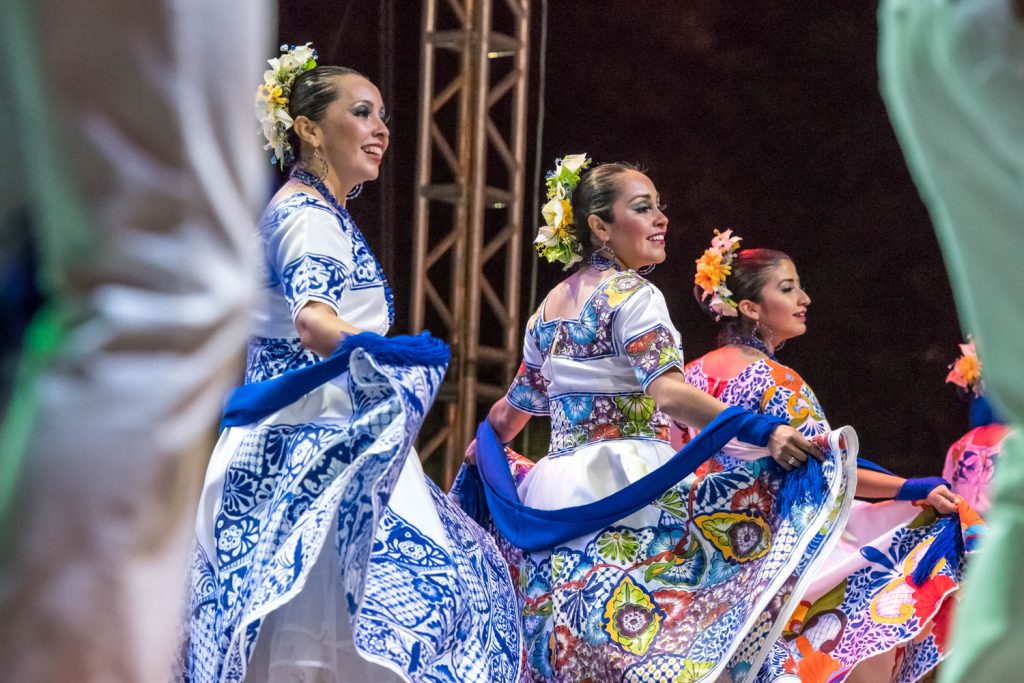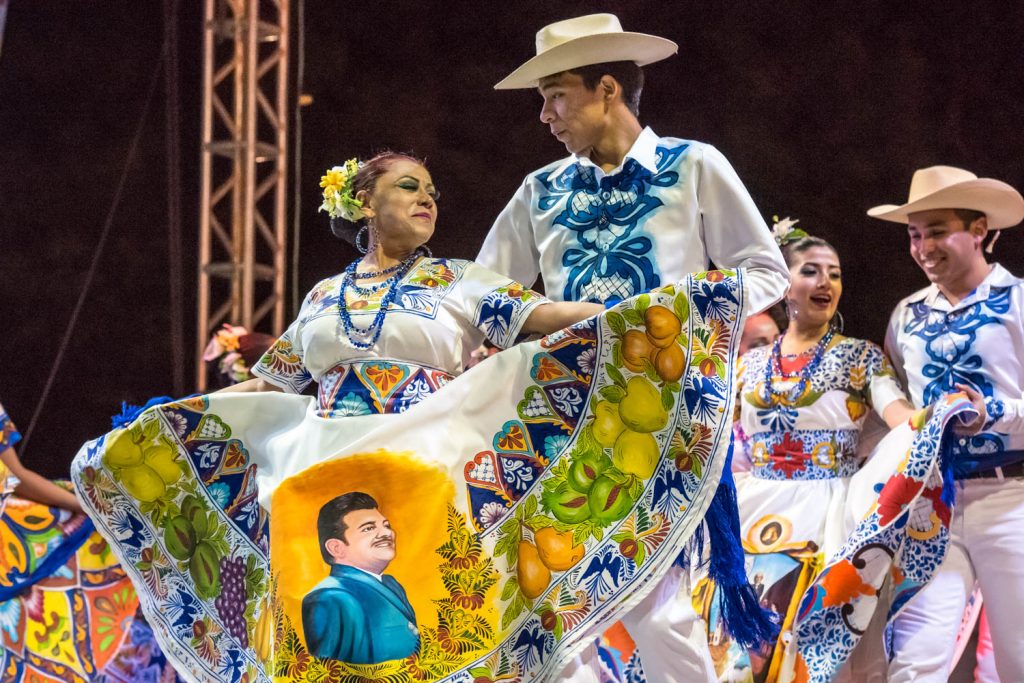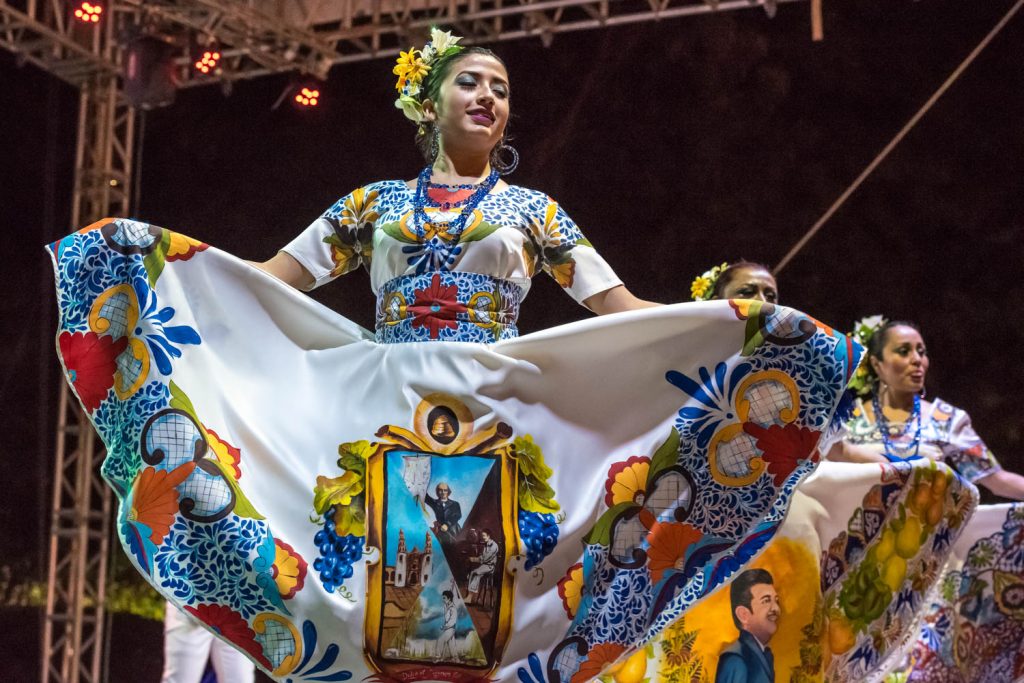
It was a sermon, or perhaps more accurately a “cry” from Father Miguel Hidalgo y Costilla in Dolores on Sept. 16, 1810 that kicked off the struggle of more than a decade for Mexican independence.
His message was “Death to the gachupines” — a derogatory word for the Spanish-born class that ruled colonial New Spain.
Hidalgo was something of a renegade priest. He’d been exiled to Dolores because of his rebellious nature – he read banned books, kept a mistress and dared to believe that Christianity meant helping those less fortunate.
As noted in my account on Guanajuato, Hidalgo was subsequently captured in Chihuahua less than a year after launching the struggle for independence. His head was put on display along with heads of other independence leaders in Guanajuato.
The church where he launched the uprising is in the town’s central plaza. It’s a destination of pilgrimage on Mexico’s Independence Day, celebrated on the Sept. 16 anniversary of his Grito (cry) of Dolores.
Aside from that, Dolores Hidalgo, as it was renamed after independence, isn’t a major tourist destination.
But along with being known as the “cuna de independencia”, (cradle of independence), the city of 60,000 is also known as the birthplace of The King.
Of course, The King in this case isn’t Elvis, but rather is Jose Alfredo Jimenez, el Rey (king) of ranchera music. He lived his childhood here until economic circumstances (his father’s death, the Depression) forced his family to move to Mexico City.
Close to the end of this short life of 47 years in 1973, he announced at a performance that he wanted to be buried in his hometown of Dolores Hidalgo. His wish was respected, and he is now buried under a grave made to look like a giant sombrero.
As with many musicians, it was substance abuse – alcohol – that killed him. He died of cirrhosis of the liver.
He is said not to have been able to play any instrument, or to read or write music notation, but he had a powerful voice and was a talented lyricist. Many of his 1,000 songs have been widely covered by well-known singers, and his repertoire is at the heart of mariachi music. He’s a Mexican icon.
It’s often said that Jose Alfredo was a man who loved love and converted it to song. His lyrics are extremely sentimental and romantic, probably over the top and syrupy for an audience in Canada or the U.S. But they were well written and appealed to a broad spectrum of the Mexican public and beyond.
Often his mushy sentiments were written to the woman who became his wife, Paloma. Nonetheless his declarations of undying love only lasted until he began womanizing while touring.
His childhood home is now a museum of his life, and is well done. It’s a mix of memorabilia, photographs, video, and recordings of his music. Although I’m not bad at reading Spanish, this is one of a minority of museums with side-by-side English translation.
Dolores yesterday was quite chilly. I think the high was about 13, but it fell into the high single digits at night. Warm by Canadian standards, but keep in mind that Mexican buildings rarely have heating. I wore my clothes and a jacket to bed.
Sometimes in travelling, you stumble upon an event by serendipity. That happened last night when I discovered a festival of traditional dance was taking place in the main square on a stage facing Father Hidalgo’s church.
There were dancers in traditional styles from all over Mexico, some older and a number of children, though most were youths.
For the finale, they featured a local theme, complete with dresses with imagery of the two icons of Dolores – Father Hidalgo and Jose Alfredo Jimenez.
Today I’m off to San Miguel de Allende, where I expect to see many more gringos. It’s a major destination for American and Canadian expatriates, especially of retirement age. It’s also one of Mexico’s most beautiful colonial cities.
